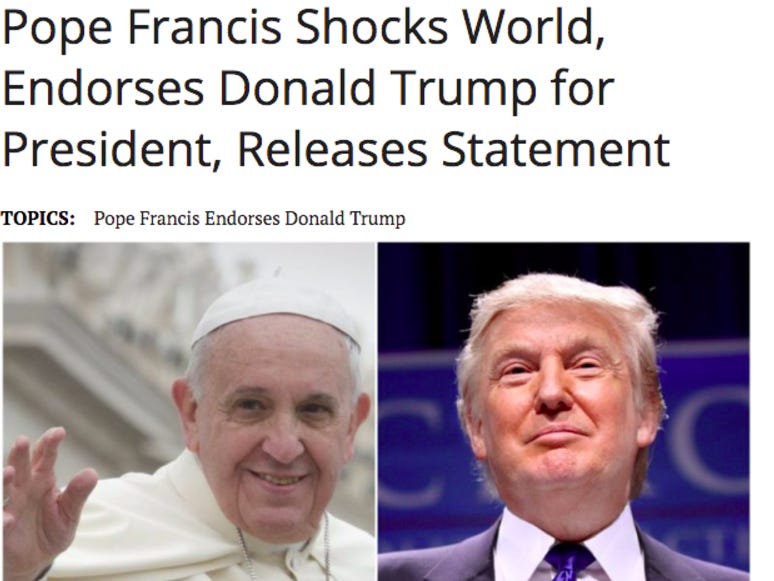
President Trump’s deployment of 800 National Guard troops to Washington, D.C., under the D.C. Home Rule Act, has sparked a national debate. Supporters frame it as a necessary public safety measure, while critics call it a political “newsplay.” This article unpacks the legality, historical context, and real-life implications, offering authoritative insights for citizens, analysts, and policymakers.
Understanding the Deployment
On August 11, 2025, President Trump invoked Section 740 of the D.C. Home Rule Act, taking control of the Metropolitan Police Department and ordering 800 D.C. National Guard troops onto the streets of Washington, D.C. This was justified as a response to “rising crime.”
However, according to official data, crime rates were at a 30-year low in the nation’s capital. This discrepancy between rhetoric and reality quickly sparked questions: Was the move truly about security, or was it a dramatic show of power designed to send a political message?
The Pentagon confirmed that troops were mobilized for monument protection, traffic control, and providing a visible deterrent presence. While they could temporarily detain individuals to prevent imminent harm, they lacked powers to conduct searches or arrests.
Is It Security or Symbolism?
Real-Life Examples for Context
This isn’t the first time President Trump has relied on federal forces in domestic affairs:
- California, 2025: Trump deployed troops during immigration protests in Los Angeles. The backlash from civil rights groups was immediate, echoing today’s D.C. concerns.
- Mexico’s Model: Analysts compare the move to Mexico’s militarized policing, which often led to democratic erosion and long-term civil liberty concerns.
The Legal Framework
Trump’s authority comes from the Home Rule Act, which grants presidents the ability to federalize D.C.’s police during emergencies. Yet, legal experts argue there was no emergency.
- Potential Violations: Some argue the move flirts with violating the Posse Comitatus Act (which restricts military involvement in civilian law enforcement) and the Tenth Amendment.
- Precedents Invoked: Supporters counter with references to the Insurrection Act and earlier federal security measures, framing it as legally permissible.
This tug-of-war reflects a deeper battle: how far can presidents go in deploying troops domestically under the guise of “safety”?
Political Reactions & Public Response
From City Officials
Mayor Muriel Bowser and the D.C. Council condemned the action as “unnecessary and authoritarian.” They emphasized that the data shows crime is down, not up.
From Citizens
Reactions on the ground were emotional and divided:
- Residents reported unease seeing heavily armed National Guard patrols near iconic landmarks.
- Local demonstrations formed, with signs declaring: “No Military Occupation” and “D.C. Belongs to the People.”
- Others, however, felt reassured by the visible presence of troops, believing it would discourage crime.
From National Politics
- Republicans: Framed the move as decisive leadership, restoring law and order.
- Democrats: Branded it a “manufactured crisis” and a dangerous precedent for federal overreach.
Security Reality vs. Political Theater
The Reality
There were measurable actions:
- Arrests and Seizures: Over 380 arrests and 59 firearms seized during the initial days of deployment.
- Protecting Federal Sites: Troops guarded monuments, traffic checkpoints, and federal buildings, projecting visible deterrence.
The Theater
However, critics argue the broader symbolism outweighed substance:
- Political Messaging: Trump labeled the operation “Liberation Day,” suggesting a symbolic reclaiming of the capital.
- Voter Optics: Analysts suggest the true audience may not be D.C. residents at all, but voters in cities like New York, Chicago, and Los Angeles—where Trump hinted similar deployments could follow.
Key Questions Americans Are Asking
To align with trending search queries, here are direct answers:
- Why did Trump deploy 800 National Guard troops to D.C.?
He cited public safety concerns, though crime rates are historically low. Critics argue it’s political theater. - Is the deployment legal?
The Home Rule Act grants presidents such authority, but its necessity is contested. Legal experts expect court challenges. - What’s the public reaction in D.C.?
Strong opposition from officials and civil rights groups, mixed reactions from residents. - Have arrests occurred?
Yes—over 380 arrests and dozens of weapons seized since deployment began. - Could other cities see deployments?
Trump suggested New York, Chicago, and L.A. may be “next.” - Has the U.S. seen similar deployments?
Limited. Historical examples include 2020 Portland protests and 2018 border operations. - What about civil liberties?
Critics argue militarization erodes trust in local policing and risks long-term damage to democracy. - Is crime really rising in D.C.?
No. FBI and D.C. Police data show major declines, contradicting federal claims. - How long will troops stay?
The order lasts 30 days, with potential extensions pending legal and political outcomes. - What’s next?
Legal battles, congressional hearings, and a growing national debate on executive authority.
Practical Takeaways
- For Citizens: Stay informed with verified local updates, contact elected representatives, and support watchdog groups monitoring civil rights.
- For Journalists: Fact-check official claims against crime data, highlight personal stories, and monitor federal-state power dynamics.
- For Policymakers: Revisit thresholds for invoking emergency powers, ensuring transparency and public accountability.
- For Activists: Leverage storytelling and social campaigns to amplify democratic concerns beyond partisan divides.
Why This Debate Matters
This deployment is not just about D.C. It raises broader questions about:
- Democracy: How resilient are democratic norms when executive power expands unchecked?
- Federalism: What precedent does this set for federal-state balance?
- Civil Society: How will Americans respond if troop deployments become normalized in urban governance?
Real-life voices add weight. Chef José Andrés, a D.C. resident, urged restraint and dignity over force, saying: “Our city deserves safety, but not occupation.”
Key Takeaways in Brief
- Trump’s troop deployment is legally grounded but politically controversial.
- Crime in D.C. is at a historic low, undermining the security rationale.
- The move reflects political theater as much as policy.
- The debate signals a broader test of democracy, governance, and civil rights in America.
Conclusion
Trump’s deployment of 800 troops to Washington, D.C. represents more than a temporary security measure. It is a collision of governance, politics, and perception. Whether remembered as a necessary intervention or an act of political theater, it highlights the fragility of democratic norms under executive pressure.
As this plays out in courts, Congress, and city streets, one truth remains: how America interprets this moment will shape not only the legacy of a presidency but the future balance of power between citizens, cities, and federal authority.
